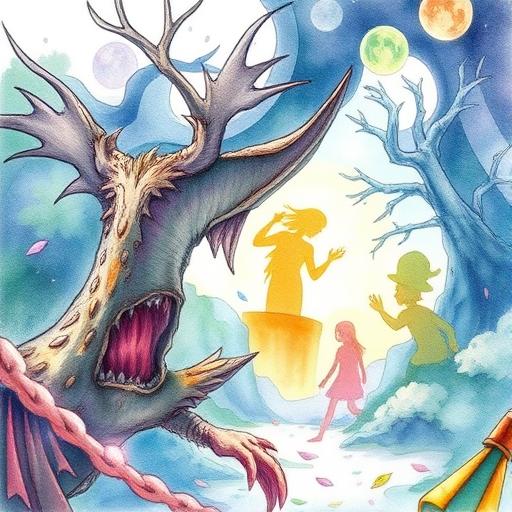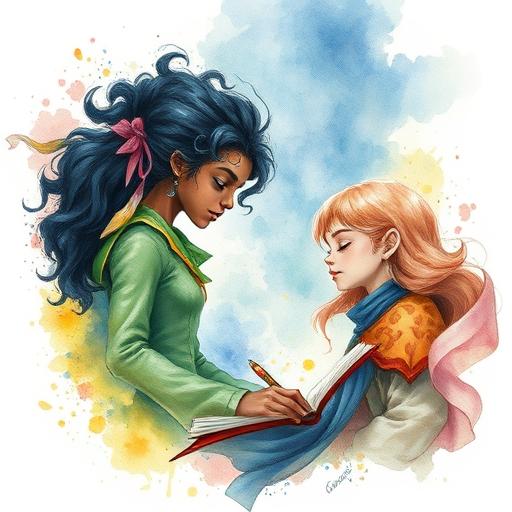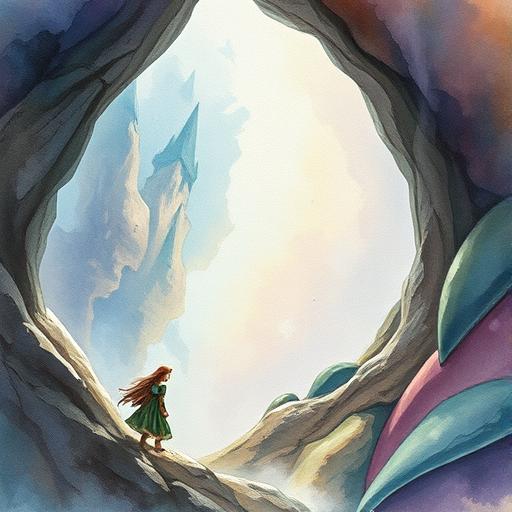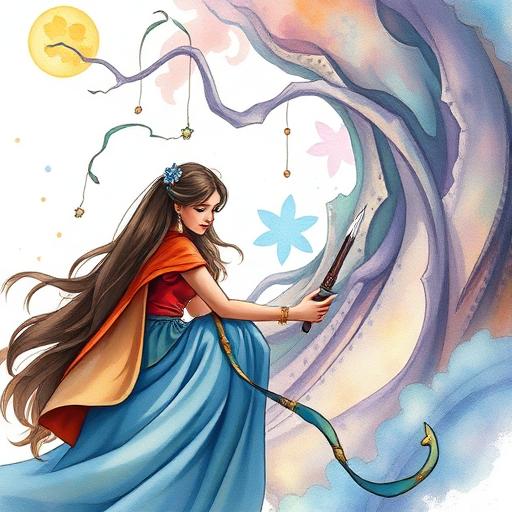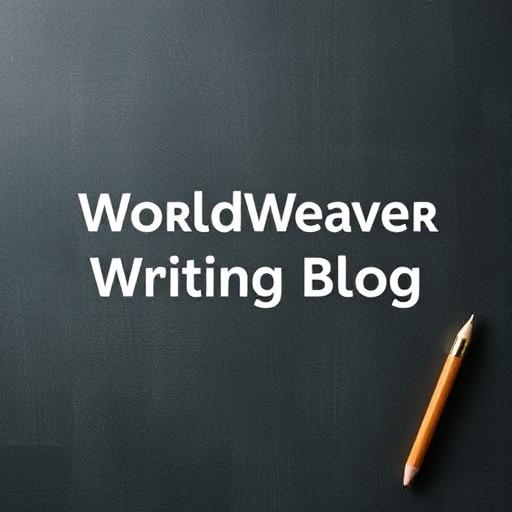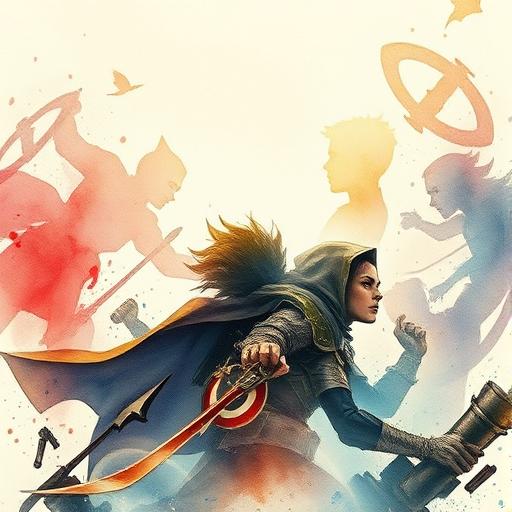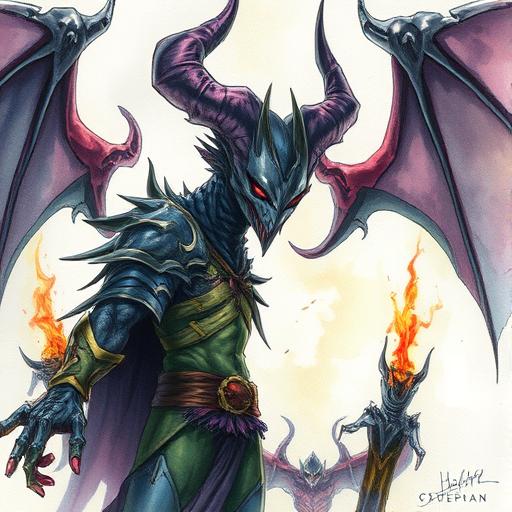Building Inclusive and Representative Worlds for Writers Across Genres and Categories
Learn how to craft diverse and immersive worlds that reflect the complexity of our own, and discover the importance of inclusive representation in fantasy worldbuilding. This article provides practical tips and examples for writers to create authentic and engaging stories.
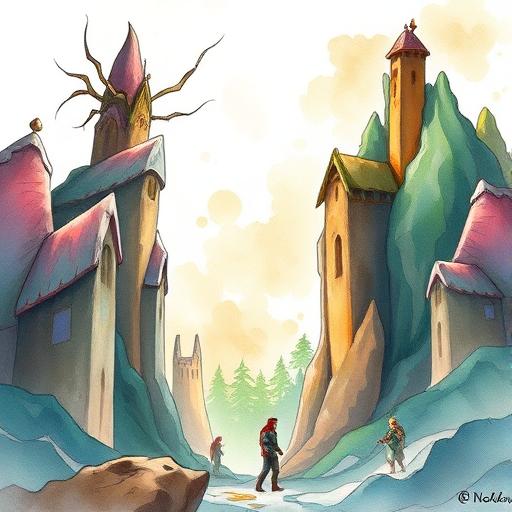
Introduction to Inclusive Worldbuilding
When it comes to building immersive worlds, writers often focus on creating rich landscapes, complex magic systems, and compelling characters. However, one crucial aspect of worldbuilding is often overlooked: inclusivity. Inclusive worldbuilding means creating a world that reflects the diversity of our own, with characters, cultures, and experiences that resonate with readers from all walks of life.
- Think about the worlds you've encountered in your favorite books or games. Which ones felt most immersive and inclusive to you?
- Consider the impact of representation on your reading experience. How did it make you feel to see yourself or your culture reflected in a story?
The Importance of Representation
Representation matters, especially in fantasy worldbuilding. When readers see themselves or their experiences reflected in a story, it creates a deeper connection and sense of belonging. On the other hand, lack of representation can lead to feelings of exclusion and tokenism. As writers, it's essential to prioritize representation and create worlds that are authentic and respectful.
For example, authors like N.K. Jemisin and Saladin Ahmed have created worlds that are rich in diversity and representation. Their stories feature complex characters, cultures, and experiences that reflect the complexity of our own world. To learn more about writing across cultures, check out our article on writing across cultures.
Building Diverse Worlds
So, how do you build a diverse and inclusive world? Start by considering the following elements:
- Geography and climate
- Culture and history
- Magic and technology
- Characters and creatures
When building your world, think about how these elements intersect and impact each other. For instance, a world with a diverse geography and climate may also have a diverse range of cultures and histories.
| Element | Description | Example |
|---|---|---|
| Geography and climate | The physical environment of your world | A world with vast deserts, towering mountains, and lush forests |
| Culture and history | The customs, traditions, and experiences of your world's inhabitants | A culture that values storytelling and oral tradition |
| Magic and technology | The systems and tools that shape your world | A world with a unique magic system based on elemental forces |
Crafting Authentic Characters
Characters are the heart of any story, and authentic representation is crucial. When crafting characters, consider their:
- Background and identity
- Motivations and goals
- Relationships and interactions
Avoid tokenism and stereotypes by giving your characters depth and nuance. Make sure their experiences and perspectives are authentic and respectful. For example, a character who is a person of color should not be defined solely by their race or ethnicity.
World-Planning and Research
World-planning and research are essential steps in building an inclusive world. Read widely, talk to people from different backgrounds, and learn about different cultures and experiences. This will help you create a world that is rich in diversity and authenticity.
To learn more about world-planning, check out our article on world and planet writing. This will give you practical tips and examples for building immersive and inclusive worlds.
Conclusion
Building inclusive and representative worlds is a crucial aspect of fantasy worldbuilding. By prioritizing representation, diversity, and authenticity, you can create worlds that resonate with readers from all walks of life. Remember to consider the intersection of different elements, craft authentic characters, and engage in world-planning and research. With these tips and examples, you'll be well on your way to creating immersive and inclusive worlds that will captivate and inspire your readers.
As you continue on your worldbuilding journey, remember that inclusivity and representation are ongoing processes. Be open to feedback, willing to learn, and committed to creating worlds that reflect the complexity and diversity of our own. Happy worldbuilding!
Comments
Comments are hidden to save bandwidth. Load them when you want to read or leave one.
